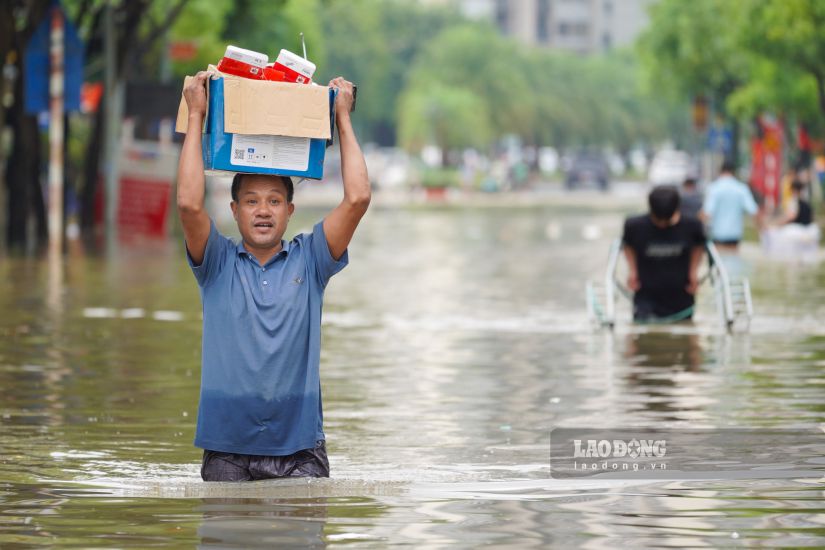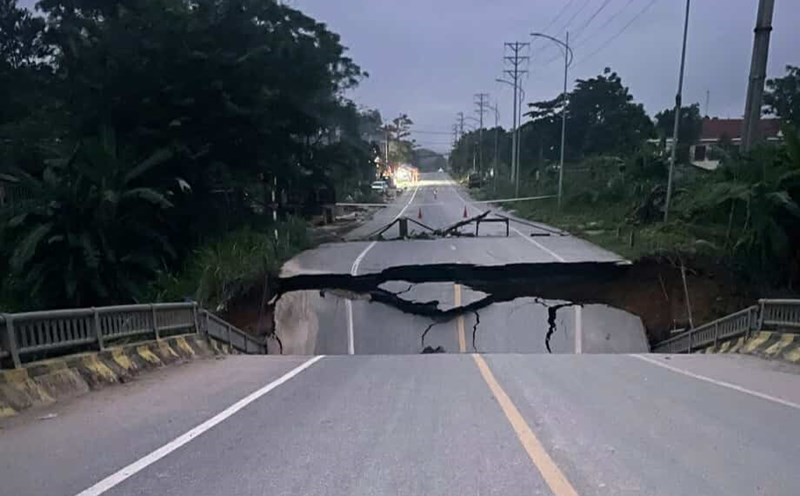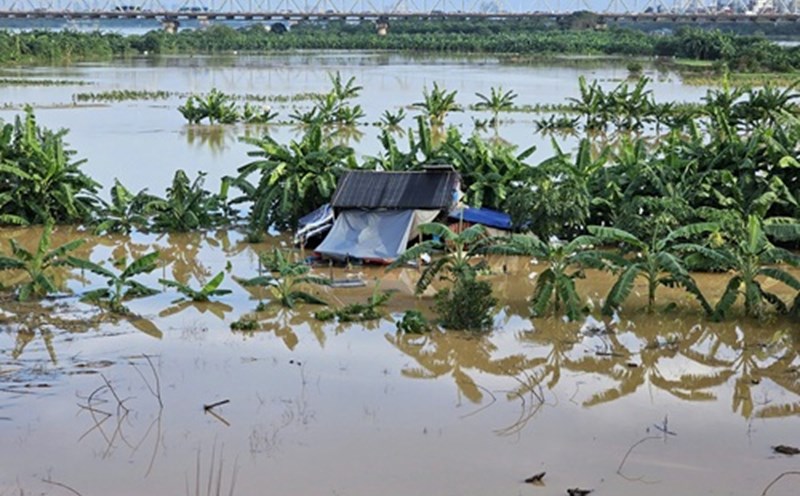
Important causes of global climate change
Entering October, climate trends continue to show many unusual signs, requiring localities and people to closely monitor weather developments to proactively respond.
Statistics show that in September alone, there were 4 active storms in the East Sea. In which, storms No. 7 (Tapah) and No. 8 ( Mitag) move quickly and have little direct impact on our mainland. However, two subsequent storms, Typhoon No. 9 (Ragasa) and Typhoon No. 10 (Bualoi), caused strong impacts. In particular, storm No. 10 Bualoi has caused many heavy losses that have taken a lot of time and effort for the government and people to overcome.
Meanwhile, Typhoon No. 11 is preparing to threaten. Early in the morning of October 2, the tropical depression strengthened into a storm, with the international name Matmo. The National Center for Hydro-Meteorological Forecasting said that storm No. 11 entering the East Sea on the night of October 3, is likely to affect the mainland of Vietnam in the coming days.
Explaining the direct cause of consecutive storms, Mr. Mai Van Khiem, Director of the National Center for Hydro-Meteorological Forecasting, said that it was due to the activity of the tropical convergence zone. This convergence zone is active and stable in the equator - an area that is very favorable for the formation of atmospheric disturbances and small spells.
The disturbances are the seeds that develop into tropical depressions and then become storms, said Mr. Khiem. Most recently, Ragasa and Bualoi formed from this mechanism.
According to Mr. Khiem, the two key factors that form storms are heat and momentum. In terms of heat, just 26-27 degrees Celsius sea surface temperature is enough to start a storm. Currently, sea surface temperatures in the Northwest Pacific and east of the Philippines are up to 28-29 degrees Celsius.
Current dynamic conditions are also very favorable for storm formation. September is the time of the summer-autumn changing seasons, when the southwest monsoon is active, combined with the easterly wind disturbance from the subtropical high pressure. This interaction creates medium-sized cyclones, allowing small disturbances at sea to quickly develop into low pressure areas and storms.
Dr. Truong Ba Kien - Deputy Director of the Center for Meteorological and Climate Research, Institute of Meteorology, Hydrology and Climate Change - said that due to ENSO conditions (changing sea surface temperatures in the equatorial Pacific) being in a neutral state, La Nina (associated with the phenomenon of heavy storms in Southeast Asia) is likely to appear at the end of the year. Therefore, the number of storms in the East Sea is approximately equal to or higher than the average of many years. The average of many years is 12-13 storms, of which 6-7 storms directly affect Vietnam.
In addition to the ENSO state, Dr. Kien said that the very important cause is global climate change. Several recent studies have shown that rising sea surface temperatures and higher atmospheric moisture content are fueling storms, causing strong storms and super typhoons to increase significantly in recent decades. This trend will continue under the impact of global warming.
Proactively respond to and minimize damage caused by storms
Experts have warned that in the context of at least 3 storms causing rain and floods in the Central region since the beginning of the year, people and local authorities need to closely monitor the forecast bulletin updated every 6-12 hours; reinforce houses, anchor ships, trim trees, check reservoirs before the storm arrives.
At the same time, the government needs to prepare evacuation plans, food, clean water and backup power sources, ready for unpredictable and rapid storms. The transportation, agricultural and electricity sectors proactively plan rescue, harvest crops and seafood in risk areas early, lower the water level of reservoirs and arrange forces to handle infrastructure incidents.
The Vietnam Fire Prevention and Fighting & Rescue Association (VFRA) recommends that people proactively take response measures to ensure the safety of their lives and property: Closely monitor weather reports and natural disaster warnings; Proactively reinforce their homes, move assets and people from dangerous areas; Absolutely do not go through culverts, spillways, bridges during floods; do not remove firewood or catch fish in floodwater; turn off power when there is flooding, stay away from electric wires and electric poles; People need to improve proactiveness - vigilance - safety, limit damage caused by storms.











